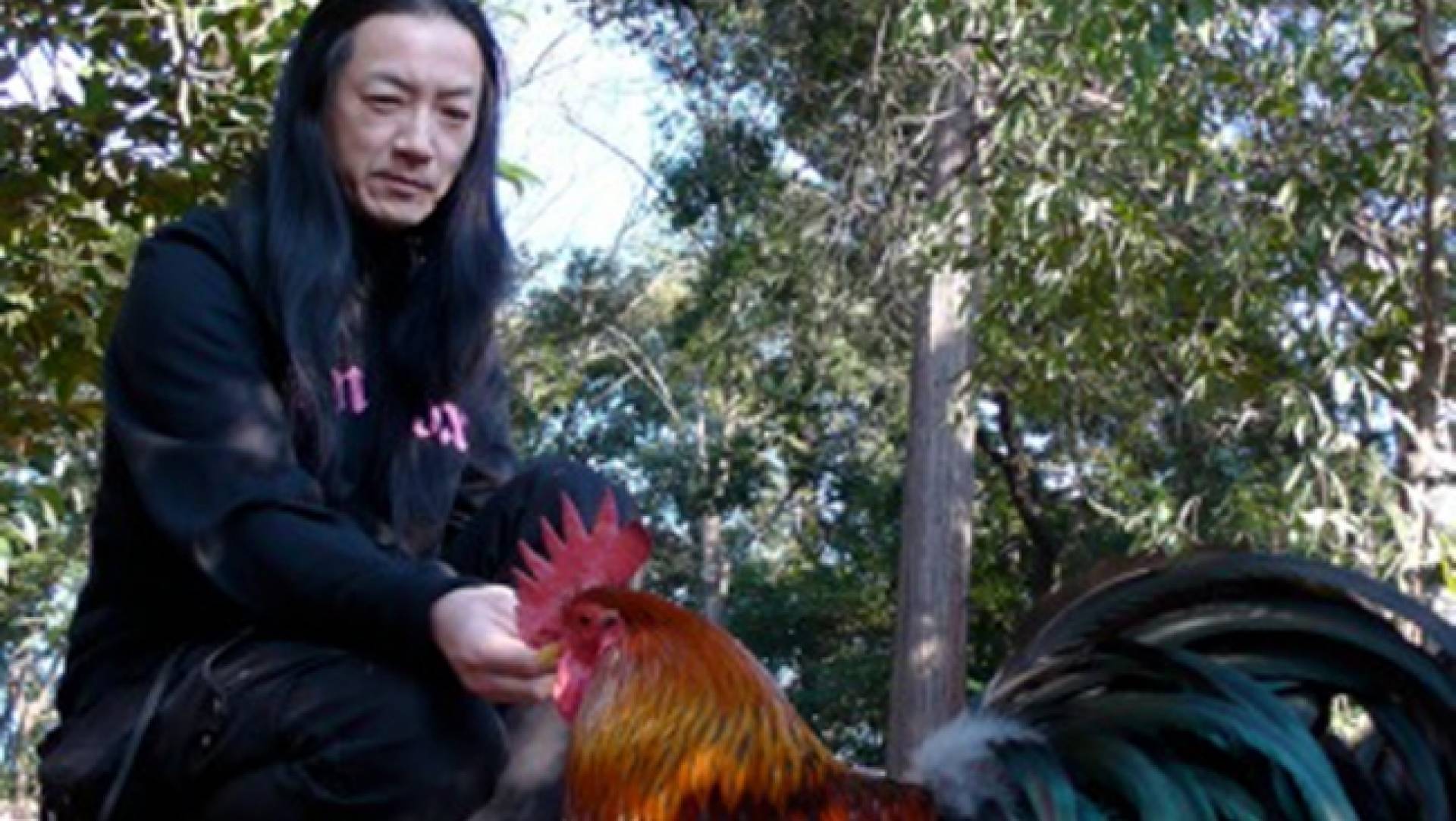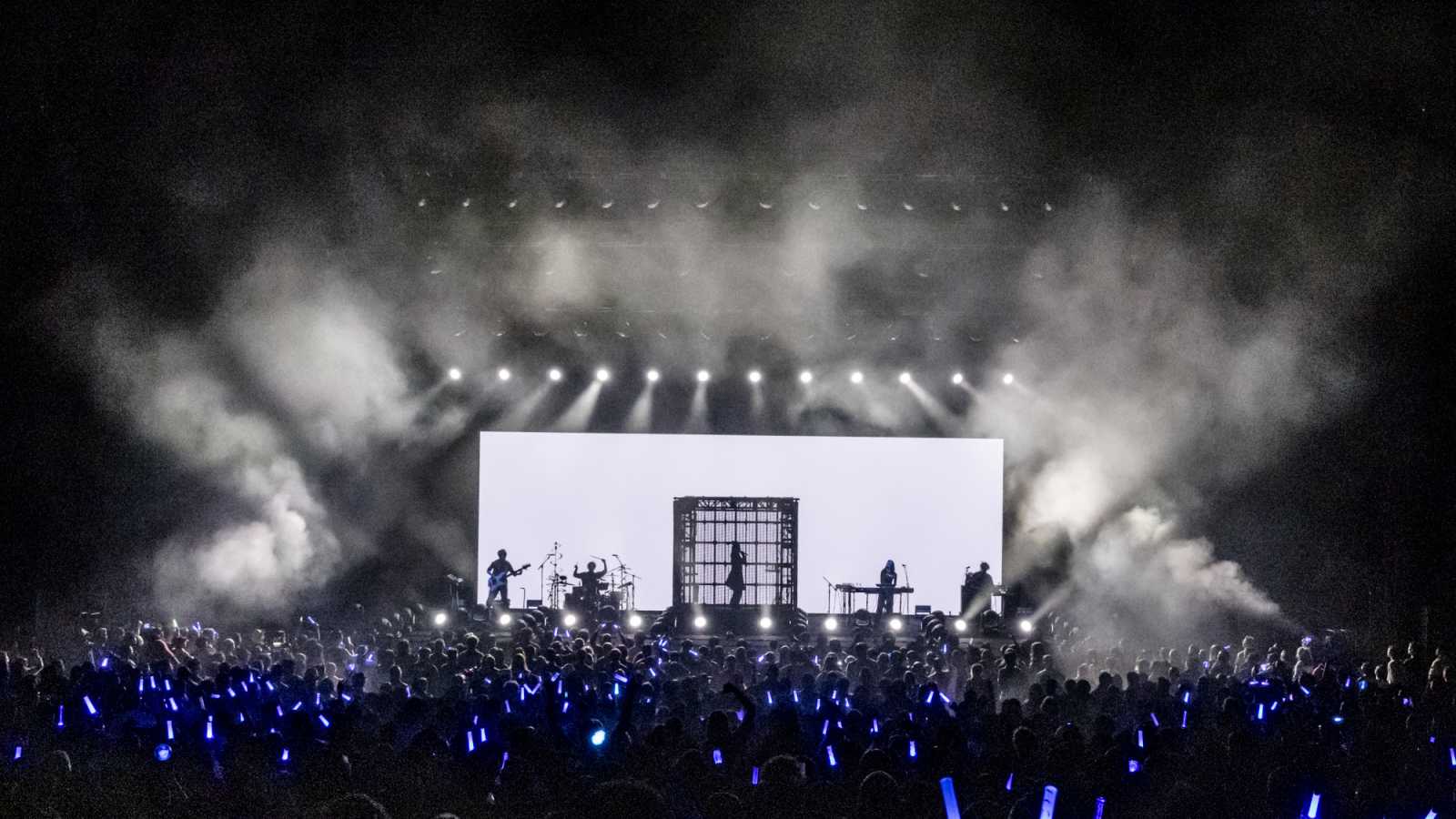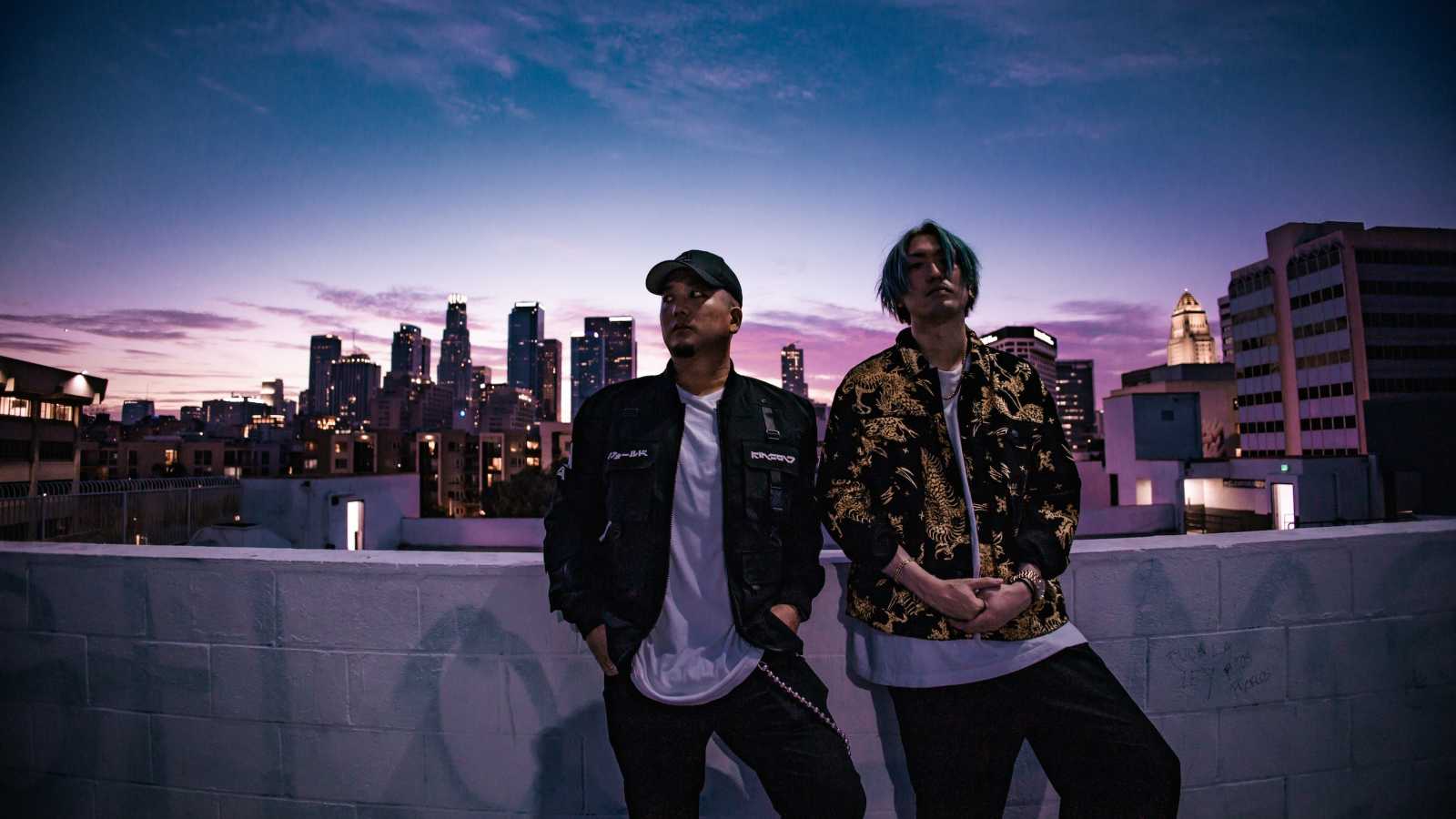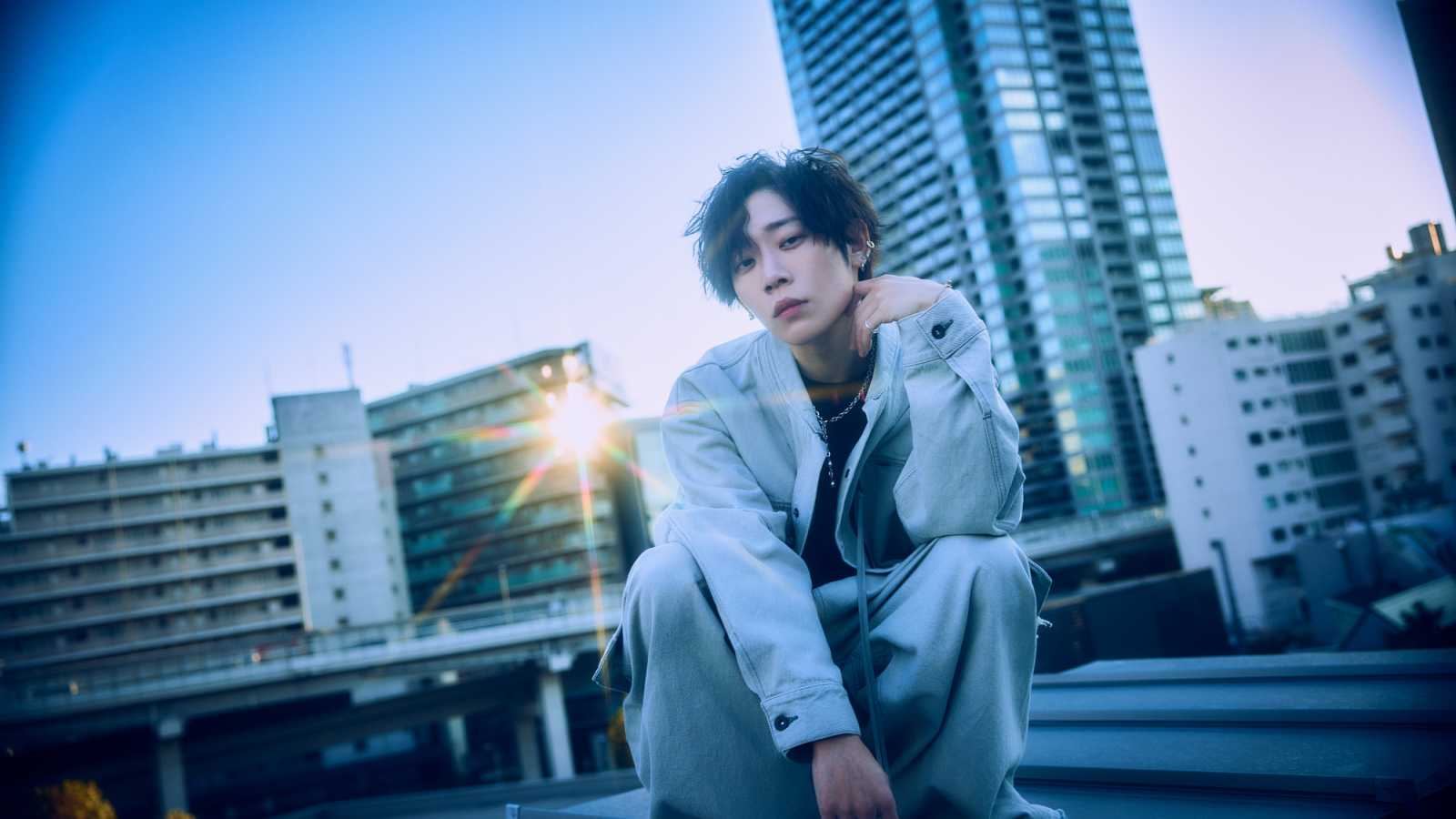Masami Akita was born in 1956 in Tokyo. Interested in progressive rock, free jazz and psychedelic music, he was the drummer of several bands during his high school years. He studied modern art and painting at Tamagawa University, and during this period, he played long sessions of improvised rock with his high school friend Kiyoshi Mizutani.
Masami Akita recorded his first tapes of electro-acoustic music under the name Merzbow in 1979. He created the label, Lowest Music & Arts, in order to share his tapes with other underground artists and to work with them. These compositions were made from loop played tapes and sounds from instruments like guitar or drums, pre-recorded by Masami.
In this endeavor, he was quickly rejoined by Kiyoshi Mizutani. During this period, they were both trying to suppress any interaction of the human body in the conception of music, thus they were only using recorded tapes assembled together, no instrument being played live. Among the techniques used to create the sounds, we can name one called "material action", where several small sounds are recorded with a microphone and then amplified and distorted. The pictures sold with the tapes were montages made from cartoons and photos from pornographic magazines found in bins. We find yet again an aesthetic approach dear to Kurt Schwitter, the Merz, a heterogeneous montage. With this process, they were trying to recreate in the audience the same excitement felt when someone found pornographic images unexpectedly. Since the beginning a parallel was then drawn between Merzbow music and pornographic culture. According to Masami, pornography is the subliminal side of sex, compulsive and more "natural". Noise is similarly the subliminal side of music, looking to make the ecstasy of the sound heard, far from any consideration of structure or "rationality".
In 1984 Masami Akita created his second label, ZSF Produkt, under which he was planning to make new artists sign. He also used it for his own works. It was during this period that he started to gain global recognition and recorded for several labels throughout the world, often in collaboration with other independent artists.
From the end of the eighties, he phased out his first ideal which was to make the contribution of the body to the recording process transparent, and then he made several tours across the world: Europe, Russia, Korea, the United States... The live acts of the next decade were made by Masami Akita and two other session members: Reiko Azuma for the electronic programming and Bara for the singing and dancing. It was also from that time on that he started to credit Abtechtonics (or variants of this name) for most of the artworks he created for his albums.
Entering the nineties, while Kiyoshi Mizutani was only sporadically participating in Merzbow, Masami started recording with digital technologies. The sound grew much wider and more intense, with notably the production of white noise (all the existing frequencies were broadcast at the same time with the same amplitude) which took part in the creation of the famous Merzbow "walls of sound", giving such a feeling of sound density that it felt impenetrable. The mixing of most of the CDs at that time used such a powerful volume that the sonorities were exceptionally aggressive. The richness of the sound elements, among which were ultrasonic and infrasonic sounds, and the density of the loops could lead some CDs, like Venereology, to demonstrate a really impressive violence. Masami also recorded with several other artists like Maso Yamazaki, also known as Masonna, with whom he made the bands Bustmonster or Flying Testicle. He also played with Mike Patton from Faith No More under the name Maldoror.
In 1990 he directed a short film called "Shitsurakuen: jôbafuku onna harakiri" (international title: "Lost Paradise") for the set of "zankoku-bi: onna harakiri" from the studio Kinbiken, its goal being to offer a less "traditional" approach to the market of erotic-gore videos, rapidly growing at that time, by showing ritual suicides of women full of solemn eroticism. Masami of course made the original soundtrack, included one year later in the album Music for Bondage Performance.
In 2000, the Australian label Extreme made a marketing operation unprecedented in the history of music by distributing the compilation Merzbox, made of: fifty CDs, of which twenty were previously unobtainable re-editing of tapes or LPs from the first period of activity of Merzbow and the thirty others being unique recordings, a T-shirt, posters, a book on the aforementioned recordings, a medallion, postcards, stickers and two CD-roms. According to the anecdote, the amateur radio station of an American would have broadcast in December 2002 all of Merzbox without interruption, in fact more than fifty hours of music. This campaign would have been at the origin of several "Merzbow Marathon"s, notably in France and the United States, which consisted of only Merzbow without interruption for days, even weeks.
Since the new millennium, Masami Akita has been using the computer more and more, to produces and process different musical loops. Several of his albums have also been dedicated to the animal cause, like Frog, Peace for Animals and Animal Magnetism, for which he recorded the cackles of the chicken he was raising. Merzbeat was dedicated to the famous sea elephant Minazo from the Enoshima aquarium, the last male specimen in Japan, then still alive, whereas the two parts of the album Minazo were a kind of homage to the animal who died in 1995. Its touching artwork was signed by Jenny Akita (Masami's wife) and showed the sea elephant playing with his bucket. Bloody Sea was a plea against the very controversial whale hunting in Japan.
During this period, some of the concept albums of Merzbow were a bit more easy going, like the aforementioned Merzbeat, whose rhythmic approach gives it a kind of "pop" feel, Aqua Necromancer which uses progressive rock session records, and Door Open at 8 am, made as a tribute to jazz.
In the middle of the first decade of 2000, he recorded several albums with the band Boris, and also with Keiji Haino with whom he created the project Kikuri. In 2008, he recorded with the French musician and author Richard Pinhas with whom he gave several performances in Europe.




